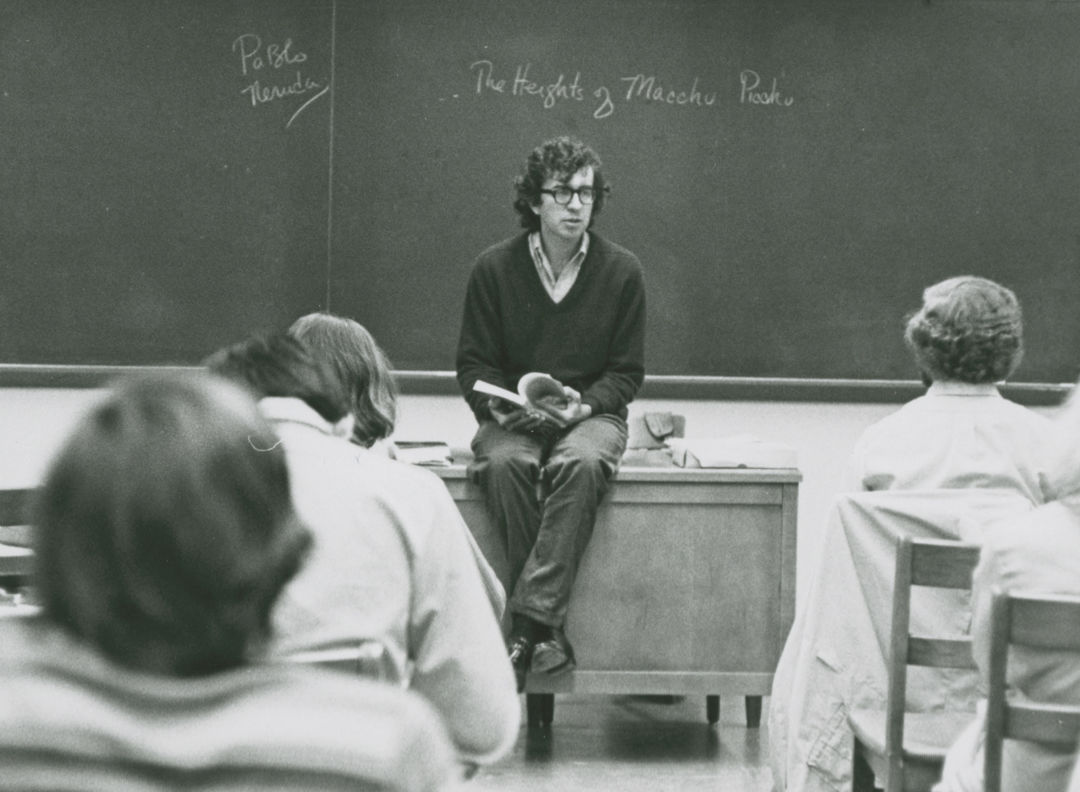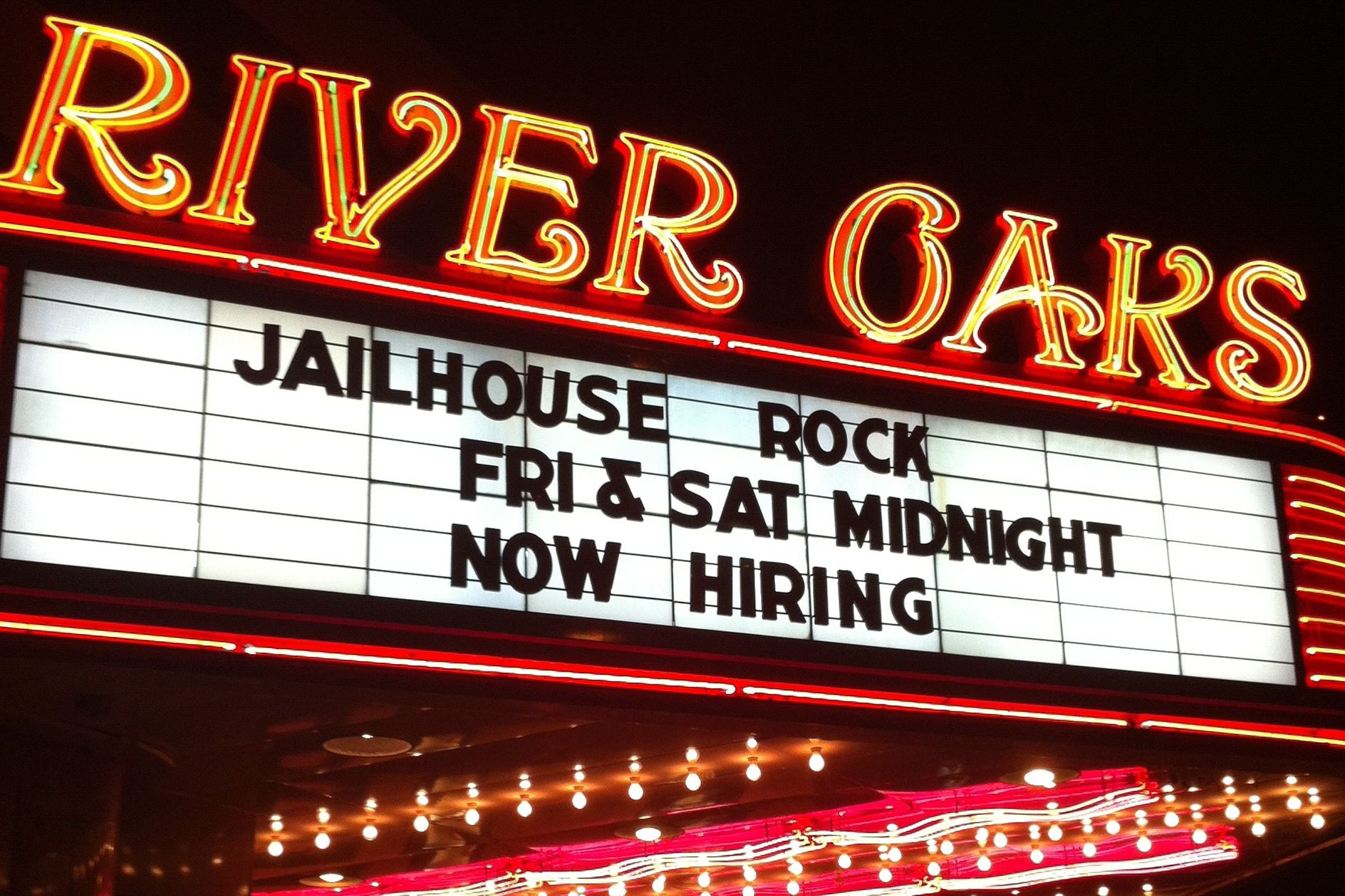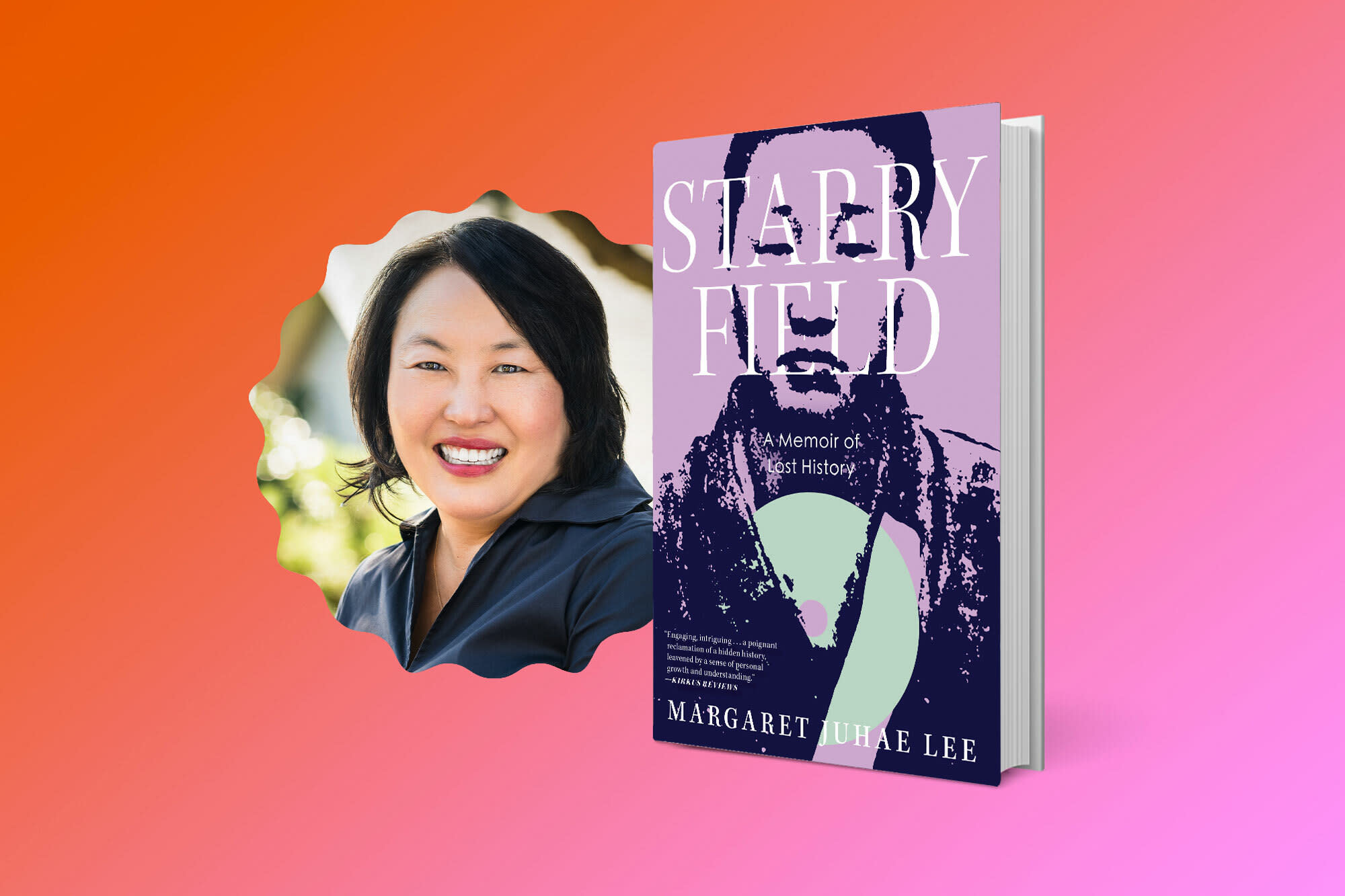An Ode to Larry McMurtry’s Enduring Houston

Larry McMurtry teaching at Rice University in 1972.
Frustrated by the types of voices the American literary establishment chose to elevate, I made a commitment a few years ago to myself not to read any more books by straight white men.
The months since have been some of my most fulfilling as a reader, allowing me to discover writers like Ottessa Moshfegh and Silvia Moreno-Garcia. I reveled in the guilty pleasure that was Crazy Rich Asians and the work of Gillian Flynn. I even read some classics for the first time— Jane Eyre and The Haunting of Hill House.
But there was still always room for Larry McMurtry.
Even though we grew up generations apart, my life in many ways mirrored that of the Texas author, who died last week at age 84. McMurtry was the son of a rancher; as a kid growing up in Oklahoma, I spent my summers on my great-grandparents' cattle ranch in the Texas Panhandle, where I marveled at the last vestiges of a dying way of life.
McMurtry moved to Houston in his 20s, as did I nearly 40 years later. Here, we both found a cosmopolitan city of contrasts. McMurtry, who studied and eventually taught at Rice University, would refer to the school as his intellectual home. I, having lived in and traveled in a handful of other countries, will always consider myself a Houstonian.
Of course, he wasn't always perfect. With the exception of Joshua Deets, the Black cowboy in Lonesome Dove, characters of color were few and far between in his novels, and the way he spoke of the American West—"a nearly absolute emptiness" until the pioneers arrived—erased the generations of indigenous peoples whose land was colonized by Europeans.
But what I most related to in McMurtry's writing was his ability to capture the melancholy and low-level din of daily survival. His characters always seemed to be in the midst of some internal struggle, always on a never-ending journey to discover who they were and what they valued. Those characters, though often unlikeable, were deeply relatable. And he had a knack for capturing female characters in a way that few male writers can, most famously the destructive widow Aurora Greenway in Terms of Endearment.
The barrage of obituaries for the Pulitzer Prize winner and author of more than 40 books referred to him as a chronicler of the American West. But some of his best books were about the crushing loneliness of life in the big city, including Somebody's Darling. Six of his books, known as the Houston Series, are set wholly or in part in Houston, and are required reading for any Bayou City resident (here’s the full list, just make sure you buy them from a local bookstore, after all, McMurtry managed a rare bookstore on San Felipe for a time).
One thing that makes these books special is that they are populated by an entire universe of characters whose lives intertwine. And of course, Houston itself is a character.
If you want to see the Houston that McMurtry memorialized, here are five places to start:
San Jacinto Monument
It feels both timely and ironic that McMurtry, author of The Last Picture Show, died on the same day as the final film screening of the River Oaks Theatre. Of the city's constant paving over of its history, he wrote, "Unless the past can be sold it is summarily kicked out of the way. Let high-rise apartments really catch on and some imaginative entrepreneur will rent the San Jacinto monument and have it converted by Christmas.”
University of Houston Library
The UH Library holds a collection of McMurty's papers—everything from the screenplay for 1963’s Hud to letters to friends, including his Harper and Row editor John Leggett, and even a draft of the Pulitzer Prize-winning Lonesome Dove. The library is normally accessible for research purposes only, but you can view the archives online here.
Last Concert Cafe
McMurtry writes of a downtown Mexican hole in the wall where you have to knock on the door to gain entrance. This is, of course, Last Concert café, which makes an appearance in both the novel All My Friends and the Oscar-winning film version of Terms of Endearment.
Mecom Fountain
Flap Horton, a character in All My Friends Are Going to Be Strangers and Terms of Endearment, falls in love with a woman who has sexual fantasies of the Mecom Fountain. You'll never look at the landmark the same way again.
Creative Writing Classes at Rice University
McMurtry studied and taught English at Rice University, though he never really loved being a professor. You can walk in those same footsteps with a fiction-writing course at the Glasscock School of Continuing Studies.




